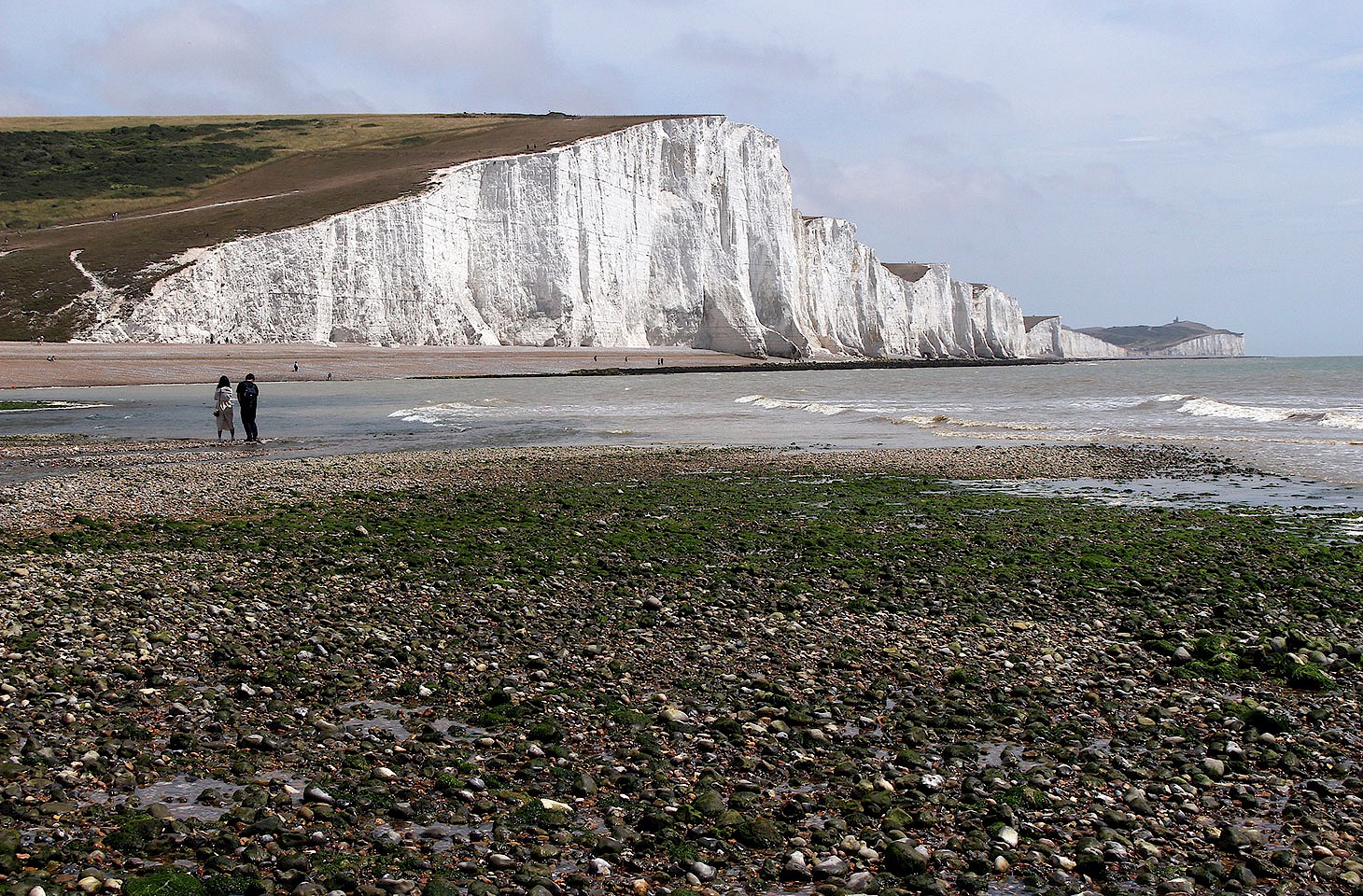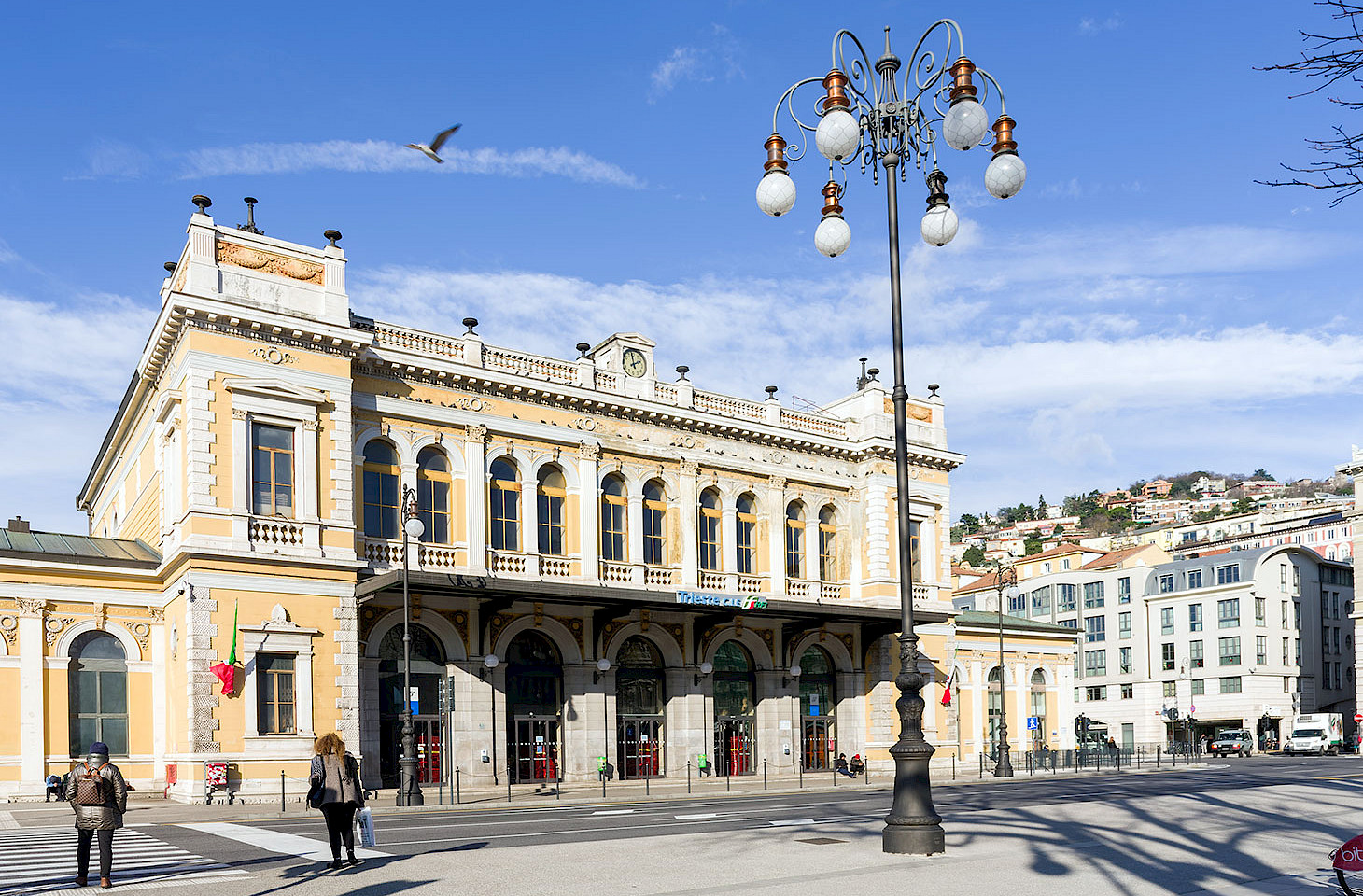Dear fellow travellers
You don't need to be a geologist to know when you've reached the malmstone. The terrain becomes noticeably hillier. Green lanes dip into holloways and steep slopes are draped with ancient woodland. In the villages of this area, such as Selborne, the locals have an evocative name for these scarps: they are called 'hangers' and Selborne Hanger, the wooded beacon that lies just west of the village, is one of the finest of all the Hampshire hangers.
A little brook rises on Selborne Hanger; it flows north-east past the village of Selborne to Oakhanger. This little wilm of water cuts deep into the greensand, eventually decanting into the River Slea, and so on into the Wey and eventually the Thames. It's a nice thought that there is a little touch of Selborne mingling in the waters which flow under Tower Bridge in London and out into the North Sea.
For anyone with an interest in the natural world, Selborne is a place which touches the soul. Cast back 240 years, and the naturalist and writer Gilbert White was busy exploring the hollow vales and hanging woods which surrounded his home village. White observed the intimacies of the landscape, keeping detailed diaries which formed the basis for the book for which he is best remembered. The Natural History of Selborne was published in 1789. It is a title which has been through hundreds of editions and has been translated into dozens of languages. It rates as one of the most important pieces of nature writing in the English language, poised between Izaak Walton's The Compleat Angler (1653) and Thoreau's Walden (1854).
Gilbert White's book is a sharp reminder that the current fashion for ecological literacy in New Nature Writing was once a mainstay in writing about landscapes and place.
We visited Selborne last week, on one of those damp autumn afternoons when dusk comes all too soon. It is in a gorgeous location amid the malmstone hills of the western Weald. In Gilbert White's day, Selborne was in a remote and inaccessible area. Today it is little more than an hour's drive from London. Yet a visit to Selborne is a chance to discover an England which is so very different from the capital - a quieter, gentler country where the changing of the seasons is more evident than in the city.
White's Natural History is a book of extraordinary insight and charm; it is sealed by an integrity which comes from being well grounded in one place and knowing every detail of the local landscape. In a letter in December 1769 to fellow naturalist and writer Thomas Pennant, White warns of the dangers of travelling with haste. The letter is one of many letters to Pennant which are included in The Natural History of Selborne. In the summer of 1769, Pennant had made his first journey to Scotland. Writing to Pennant, White comments: "The usual bane of such expeditions is hurry; because men seldom allot themselves half the time they should do."
Gilbert White rarely ventured beyond his home parish. He knew every dip and glade of the beech woods on Selborne Hanger. His work is a fine reminder that good writing often starts at home.
Nicky Gardner and Susanne Kries
(editors, hidden europe magazine)




